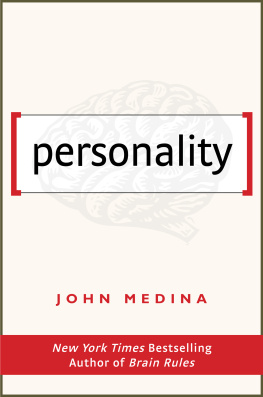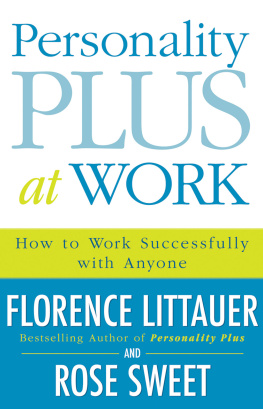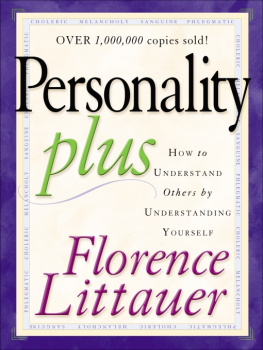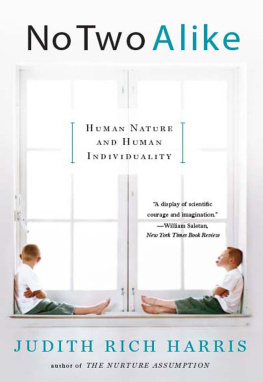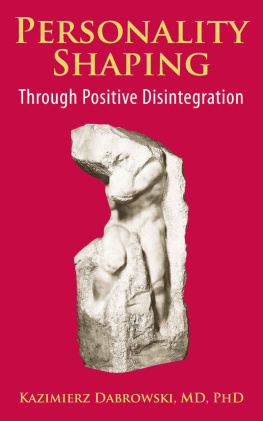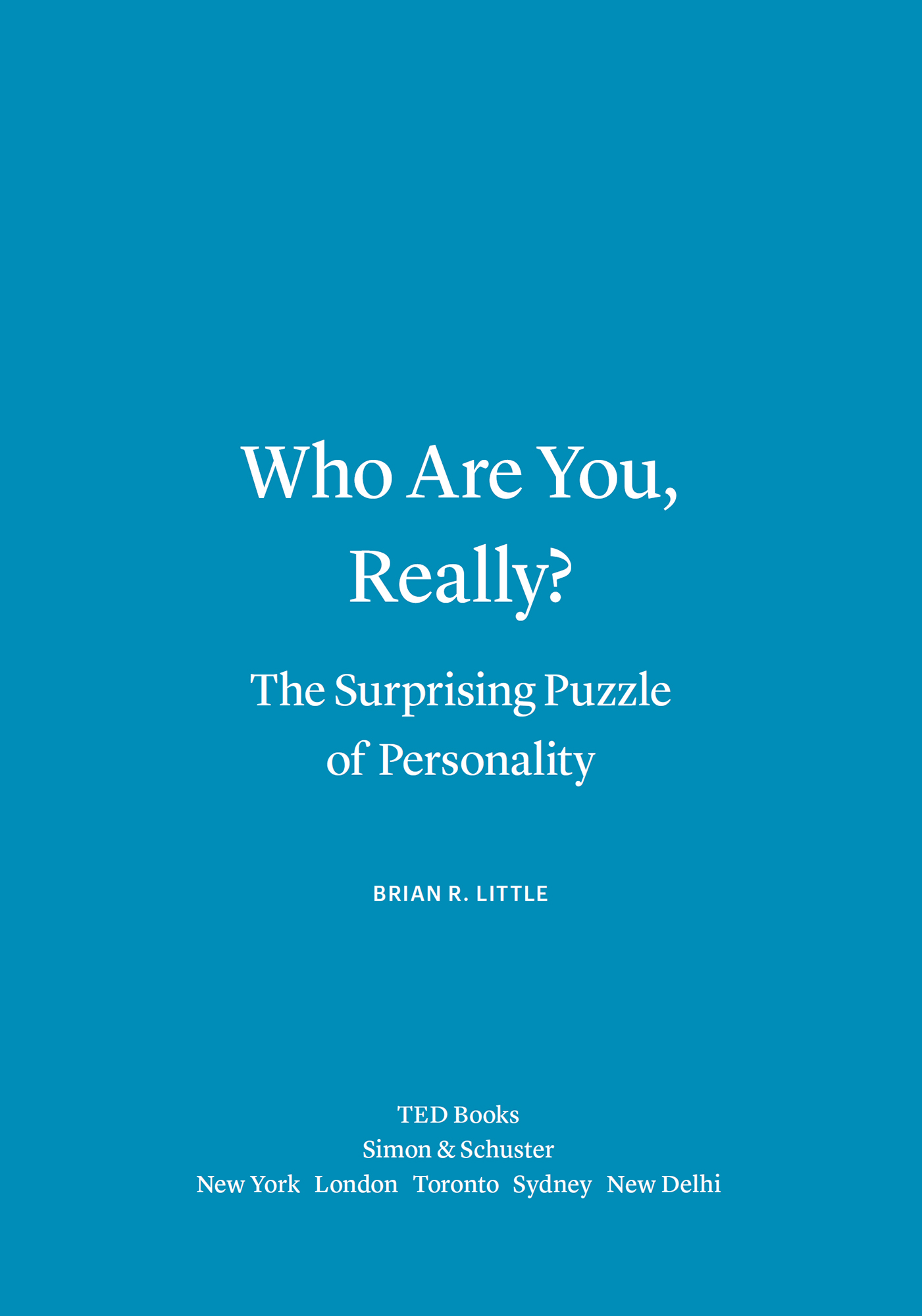We hope you enjoyed reading this Simon & Schuster ebook.
Get a FREE ebook when you join our mailing list. Plus, get updates on new releases, deals, recommended reads, and more from Simon & Schuster. Click below to sign up and see terms and conditions.
CLICK HERE TO SIGN UP
Already a subscriber? Provide your email again so we can register this ebook and send you more of what you like to read. You will continue to receive exclusive offers in your inbox.
Thank you for downloading this Simon & Schuster ebook.
Get a FREE ebook when you join our mailing list. Plus, get updates on new releases, deals, recommended reads, and more from Simon & Schuster. Click below to sign up and see terms and conditions.
CLICK HERE TO SIGN UP
Already a subscriber? Provide your email again so we can register this ebook and send you more of what you like to read. You will continue to receive exclusive offers in your inbox.

Simon & Schuster, Inc.
1230 Avenue of the Americas
New York, NY 10020
www.SimonandSchuster.com
Copyright 2017 by Dr. Brian Little
All rights reserved, including the right to reproduce this book or portions thereof in any form whatsoever. For information address Simon & Schuster Subsidiary Rights Department, 1230 Avenue of the Americas, New York, NY 10020.
TED, the TED logo, and TED Books are trademarks of TED Conferences, LLC.
First TED Books hardcover edition August 2017
TED BOOKS and colophon are registered trademarks of TED Conferences, LLC.
SIMON & SCHUSTER and colophon are registered trademarks of Simon & Schuster, Inc.
For information about special discounts for bulk purchases, please contact Simon & Schuster Special Sales at 1-866-506-1949 or .
For information on licensing the TED Talk that accompanies this book, or other content partnerships with TED, please contact TEDBooks@TED.com.
Interior design by: MGMT.design
Interior illustrations by: Tang Yau Hoong
Jacket design by MGMT.design
Library of Congress Cataloging-in-Publication Data is available.
ISBN 978-1-5011-1996-5
ISBN 978-1-5011-1997-2 (ebook)
For Hilary and Benjamin
TABLE OF CONTENTS
INTRODUCTION
Who are you? Its a nosy question, I know, and perhaps even an uncomfortable one. If I asked you that question over a beer at a bar, youd probably bolt for the door. But once you realized I was merely an inquisitive psychologist, I suspect youd have a list of personality traits at the ready. Im an extravert, you might say proudly. Or Im a nurturer, or Im a worrier, or I am the fifth least narcissistic person on earth. Each of us has a sense of the basic traits that define us.
Next, if I asked you why you are that way, youd probably also have some answers already in your quiver. Because Im from the west coast, you might say. Or Because Im an oldest child, or Because my dad was a drinker, or Because the Great Recession hit while I was in high school. Youd have good reason to make those connections. Its clear that outside influencesyour home life, the community where you grew up, the political milieu into which you were bornhave shaped your life and the way you behave.
And thats it, you might think, its settled. You are who you are because of your inherent nature coupled with the external forces that have influenced you throughout your life. It isnt really that complex, is it? Youve spent enough years getting to know yourself that you should have the picture of your personality put together by now. Right?
Youd better settle in, because our exploration of you is just getting started.
You see, genetics and experiences arent everything. There is a third force that also determines your personality. And when it comes to this force, our usual assumptions have it backward; its not who you are that explains what you do , its the other way around. That, in fact, is the very idea Im about to present to you. It is an important new way of looking at personality, and it is what Ive spent the better part of a half-century researching and understanding.
Your life and your identity derive from more than just your inborn traits and your circumstances; they are borne of your aspirations and commitments, your dreams and your everyday doings. These defining activities are, in two words, your personal projects . Personal projects can range from the seemingly trivial pursuits of particular Thursdays to the overarching quest of your life. They include endeavors small and large, from the intimate to the professional, from the mundane to the existential. They range from taking out the garbage to taking out my political opponent. These personal projects, for better or worse, are shaped in part by both our biological traits and our social contexts. But they transcend each. Because unlike nature and nurture, they are one feature of human life that is not given to us by heredity or society but is generated from within.
You might already be wondering how much your activities could really affect something that seems as stable as your personality and sense of self. The answer is perhaps more than you might imagine. Personal projects are central not only to who you think you are but also to how well you are doing in lifewhether you are flourishing or floundering, or like most of us, just muddling through as best you can. Your personal projects, in short, are key to your prospects. Learn to understand them and their impact, and you learn to guide your life in the direction you want it to go.
In these pages well look closely at your personality in terms of how your life has gone and how it is going now. But well also be concerned with how it might yet go in the future. This is where your personal projects come in: Once you can clearly identify your personal projects and their power, youll also see the degrees of freedom or spaces for movement that are open to you in determining your own course. My own personal project with this book is to help you see and steer your lifeand to do this before kids with scrapes, cats with furballs, or friends who really need to talk right now divert you from plotting your future self.
As I want to make this personal for both of us, lets start with my own account of how I came to study human personality. It was an unusually hot September afternoon in 1965 when I cautiously tapped on the office door of Professor Theodore R. Sarbin. Sarbin was an eminent scholar of psychology at the University of California, Berkeley. I was a second-year graduate student eager to join his research group. The door swung open and a voice intoned loudly, WHO ARE YOU? I inferred from Sarbins stentorian voice and the way he drew out the o in who that this was more than a desire to know my name. He wanted me to declare my identity! Or what role I was playing, what self I was enacting at that very moment. So I said, in a self-mocking, elevated tone: A seeker after truth. Sarbin rolled his eyes, snickered, and said, Oh no, not another one.
A more honest answer to Sarbins question would have been less grandiose but more complex and interesting. I could have described the personality traits that Id known were mine since childhood: introverted, curious, and affable. I could have described my roles in relation to other people and the world: a psychology student, a passionate dabbler in piano, and a Kennedy supporter still aching from the assassination. But that was a lot to spurt out in a professors doorway. Besides, even that would not have contained an entirely accurate picture. Because at that precise moment in my life, I was undergoing a radical change spurred by the extraordinary political events unfolding around me, which I will get to shortly.
Next page

